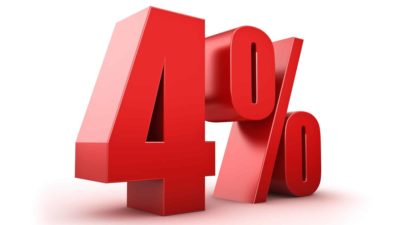If you're an investor like me, you probably love hunting for an ASX share with a strong dividend yield. That's particularly the case when markets get spooked like they have this month. The S&P/ASX 200 Index (ASX: XJO) is down 23.10% in March and investors are looking for safety where they can.
For some, this means buying up big on ASX gold shares. For me, that means looking for solid earnings and following the "bird in the hand" mantra. But are the tasty ASX dividend yields too good to be true right now?
Why ASX dividend yields can be misleading right now
There's no doubt that good ASX dividend shares are available on the market, even in times of stress. However, I've been watching yields soar on some otherwise pretty standard dividend-paying companies. So, what's the deal?
A company's dividend yield is calculated as the ratio of earnings per share to the current market price. While the exact calculation of earnings per share can differ, a good proxy is generally net income divided by the total number of shares. But you may be able to see where the problem lies right now.
The lagging nature of dividend announcements (i.e. each year or half-year) can cause problems. If you're investing in ASX shares purely for the dividend yield, you might be inadvertently not getting what you signed up for.
For instance, take a company like Worley Ltd (ASX: WOR), which is yielding 7.21% right now. Given that ratio of earnings to price, its whopping share price decline of 55.67% in March is certainly a factor.
The other inherent problem is on the earnings side. If a company's share price is falling by that much, it generally signals that the market thinks there is an issue. The last thing companies like Worley want to do is increase their dividend payments if they're short on cash.
Foolish takeaway
Investing for ASX dividend yield in a bear market can be very tough. While there are certainly cheap ASX 200 shares worth buying, dividend yields aren't everything. If you go chasing dividends, don't be surprised to see companies cut their distributions in the August reporting season.








